
Review-Long Museum West Bund. Photo: Long Museum.
The Chinese contemporary art system was non-existent before 2000; there were only two or three commercial art galleries in the whole country and no institutions dedicated to contemporary art.1 It is difficult to comprehend how China went from practically nothing to being arguably one of the most lively art scenes in the world in just fifteen years. Taiwan and Hong Kong went through transformative colonial histories. Mainland China did not; its recent history had other predominant forces that fed into its contemporary art institution development.
After decades of Mao Zedong's failed and often destructive political movements, Deng Xiaoping initiated the Open Door Policy in 1978, tentatively allowing foreign business investment in China. This started a process that exposed the country to outside ideas. Decades worth of culture came gushing in all at once, bombarding people who had been starved of cultural stimulus. At the same time, Deng promoted Hu Yaobang to the position of General Secretary of the Communist Party, who in turn invited renowned writer Wang Meng to become Minister of Culture. This ushered in the most prolific period of cultural production in China since the 1930s. Film director Zhang Yimou, musician Tan Dun, literature Nobel laureate Mo Yan, and artist Huang Yong Ping are just some of the creative minds forged in that era. Moreover, the 85 New Wave art movement produced hundreds of impromptu exhibitions all over China, culminating in the China/ Avant-Garde show at the China Art Gallery in Beijing2 in February 1989 with over 300 artists. However, the intensely idealistic mood of those times was part and parcel of idealistic political attitudes that led to the Tiananmen demonstrations, resulting in the tragic crackdown on 4 June 1989.
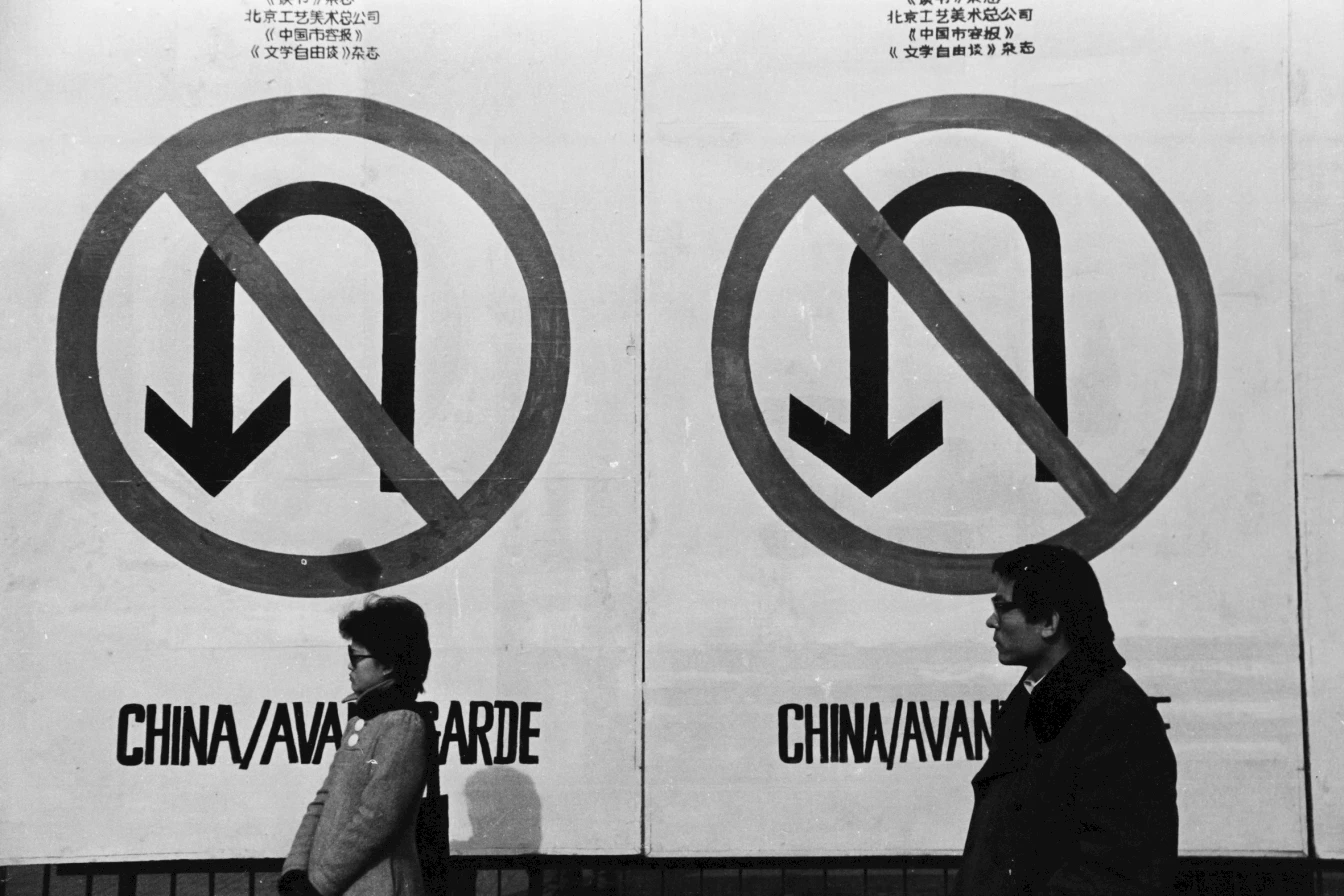
Wang Youshen, Sample • China Avant-garde, 1989. Photograph, 60 × 40 cm, 1 of 24 pieces.
The government consequently set China on a very different ideological path into the 1990s, moving policy away from politics and almost exclusively towards the economy. This was a major watershed in recent Chinese history: indeed the fundamental paradigm shifted from political to economic reform for the first time in 100 years.
Before then, economic reform was part of a political ideology – Mao's rhetoric was self-reliance, cutting China off from an imperialist and greedy world. In the early 1990s, economic reform became something for its own sake, cutting itself off from the communist ideology that was supposed to have formed it. The result was a special form of capitalism given an amusing euphemism – Socialism with Chinese Characteristics. With the prospect of economic prosperity, political ideology lost its allure very quickly for many people. In the 1980s, Chinese artists discovered the West as a source of ideas, then in the 1990s as a centre of resources: collectors, curators, and museums. This loss of innocence coincided with a major transformation of the contemporary art world as centred on and about the West to being more diverse and international. With the fall of the Berlin Wall, the last barrier to global capitalism had fallen. China's new economic reforms were very much in tune with the times, and artists tried to take advantage of this the best they could.
Since there were practically no collectors or institutional support within their country, when Westerners came looking for the exotic, Chinese artists often obliged, tailoring their work to fit expectations. Some examples of contemporary art in the 1990s did not mirror China's reality as much as it reflected some Westerners' understanding of it, like a kind of contemporary chinoiserie. Simultaneously, a fascination with the emergence of China on the international stage resulted in a plethora of China-themed exhibitions, and one highlight of this trend was Harald Szeemann inviting twenty Chinese artists to participate in the 1999 Venice Biennale, when Cai Guo-Qiang was awarded the Golden Lion.
If China has any kind of post-colonial mindset, it was seeded in the 1990s, when all contemporary art resources lay in the West, and their collectors, curators, and institutions were the only gatekeepers to exposure or success. However, by the early 2000s, things started to change in China. Encouraged by a handful of domestic curators and galleries, a generation of Chinese collectors began, very gradually, to emerge. In 2002, the first galleries opened in a factory complex called 798, and by 2005 this had expanded substantially, starting a gentrification process.
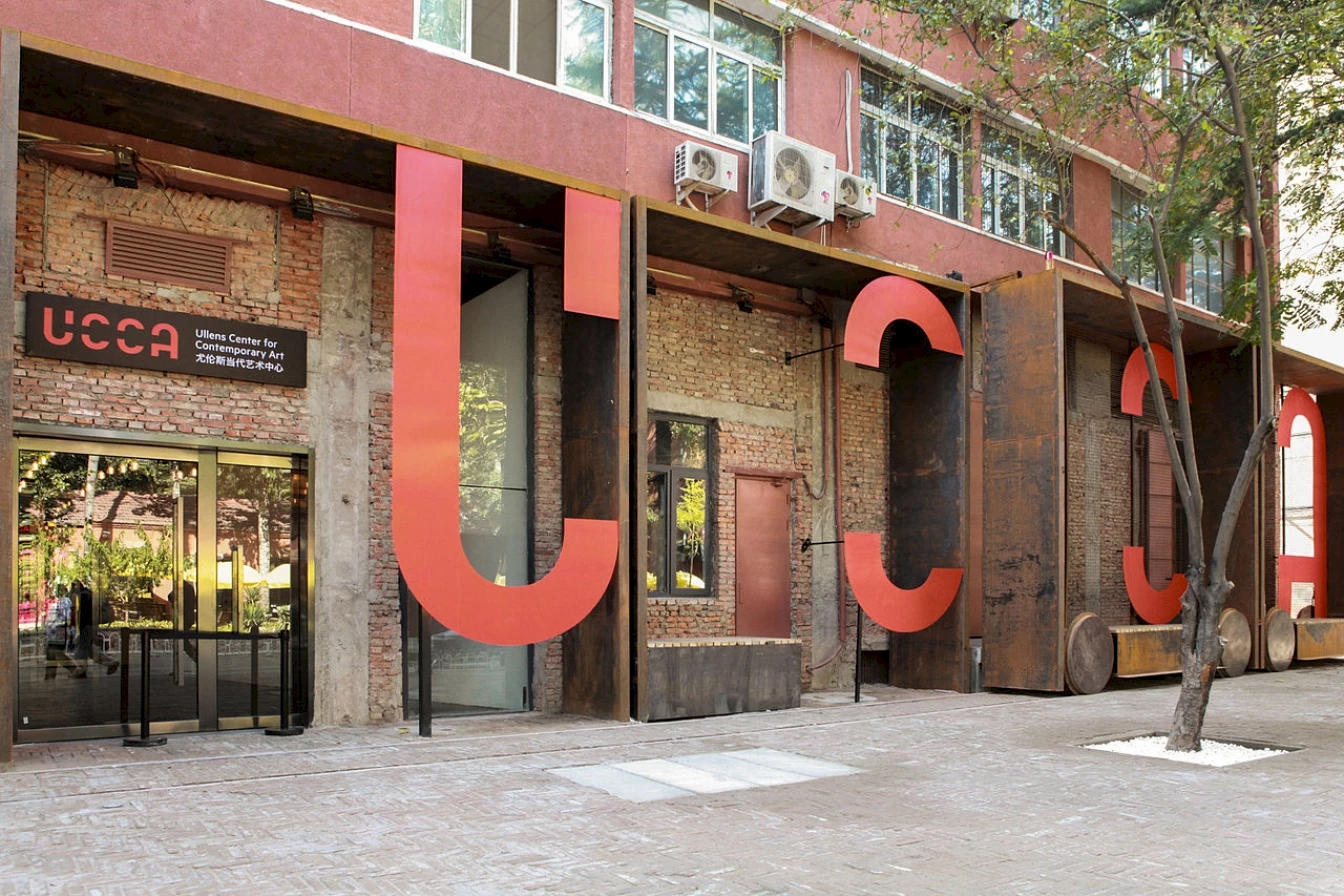
Ullens Center for Contemporary Art (UCCA) facade unveiled in October 2012 as part of the fifth year anniversary celebrations. Courtesy: Ullens Center for Contemporary Art (UCCA).
By the time the Ullens Center for Contemporary Art (UCCA), Beijing, opened in November 2007, the 798 Art District was almost entirely gentrified, with dozens of galleries, and a whole range of cafés, restaurants and boutiques, resulting in official government recognition, and even its designation as one of the top-ten tourist destinations alongside the Forbidden City and the Great Wall in 2008. When Chinese entrepreneurs realised that art could be an investment vehicle just like real estate but with quicker and larger returns, they swiftly created a market. Chinese artists' world was transformed by the emergence of this domestic market. Despite the fact that much of it was an illusion, part of it was real. Chinese artists got a taste of self-reliance, and foreign curators were no longer at the top of the food chain. This bubble popped in sync with the global financial crisis in autumn 2008. Nevertheless, something unusual happened. Instead of collectors abandoning contemporary art, a whole new situation opened up. As the excessive prices had been slashed, and the bubble-building investors had been flushed out, more serious minded collectors became involved. Corporations were interested in a new form of brand building and sophisticated collectors were moving from more traditional art forms to the contemporary market. A generation of young people known as fuerdai (rich second generation) had also come of age. Some of these who had studied abroad and developed a passion for contemporary art came back to China armed with knowledge of the gallery and museum system. Unlike the crass investors who dominated the pre-financial crisis market, these new collectors understood the value of building collections of quality, and the importance of institutions in bringing stability to the value of their collections. It is evident that institutional development started almost immediately after the initial shock of the financial crisis had subsided. In Shanghai alone, the following institutions opened since 2010: Rockbund Art Museum, Shanghai in 2010; Power Station of Art, Shanghai, Shanghai Himalayas Museum, and OCAT, OCT Contemporary Art Terminal, Shanghai in 2012; Shanghai 21st Century Mingsheng Art Museum, Long Museum West Bund, and YUZ Museum Shanghai in 2014. Others are under construction. Unlike the state-sponsored 1,000 museum project which is likely to result in hundreds of empty architectural shells , most of these institutions seem to be genuinely dedicated to building audiences through mounting quality exhibitions.
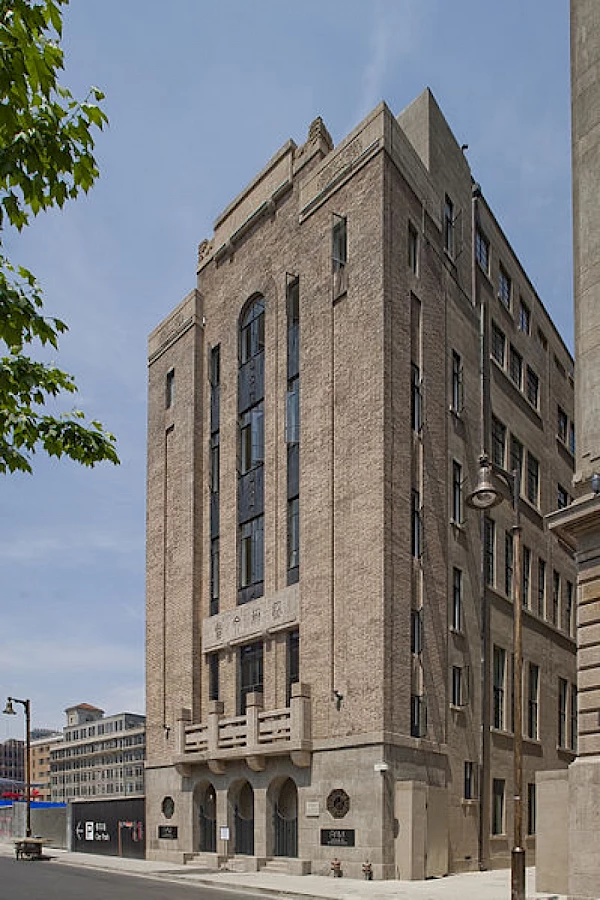
Rockbund Art Museum. Courtesy of Rockbund Art Museum.
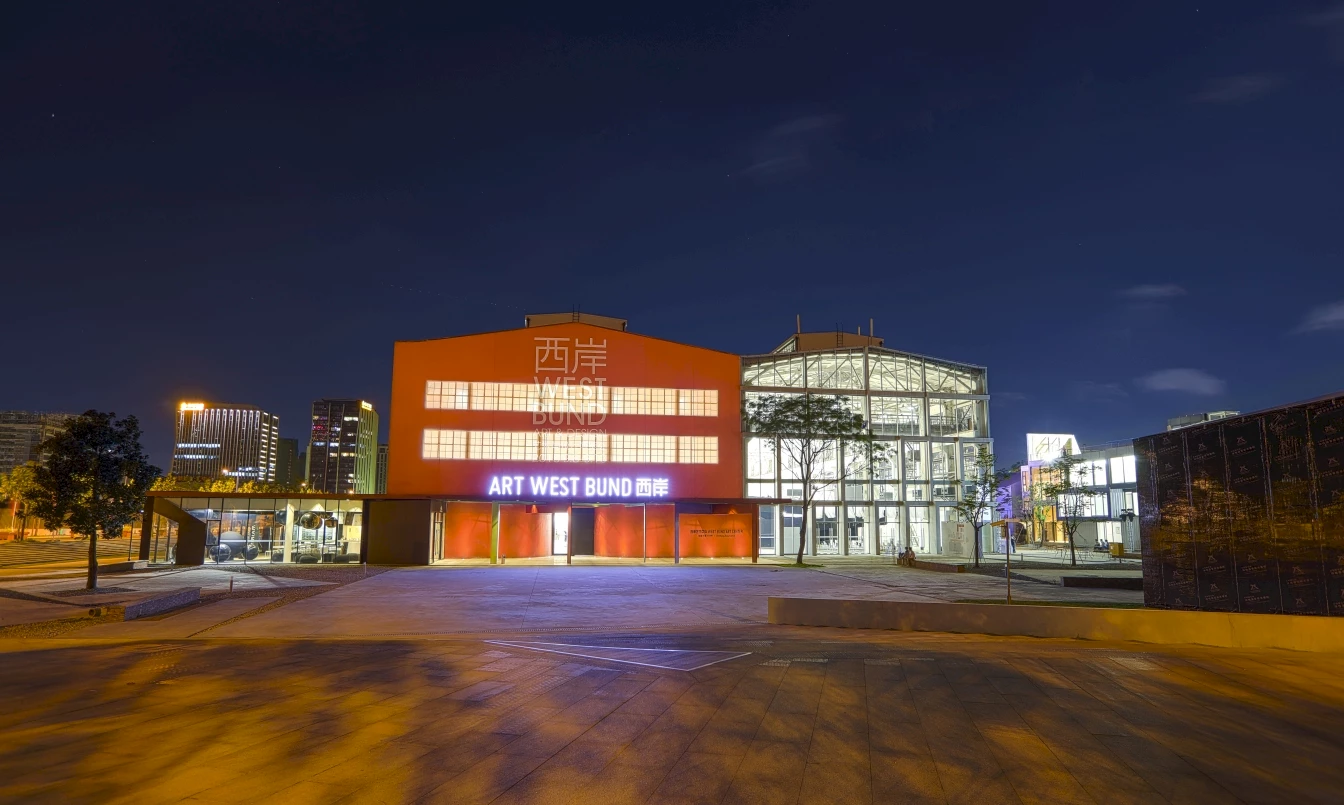
West Bund Art Center. Courtesy of West Bund Art & Design.
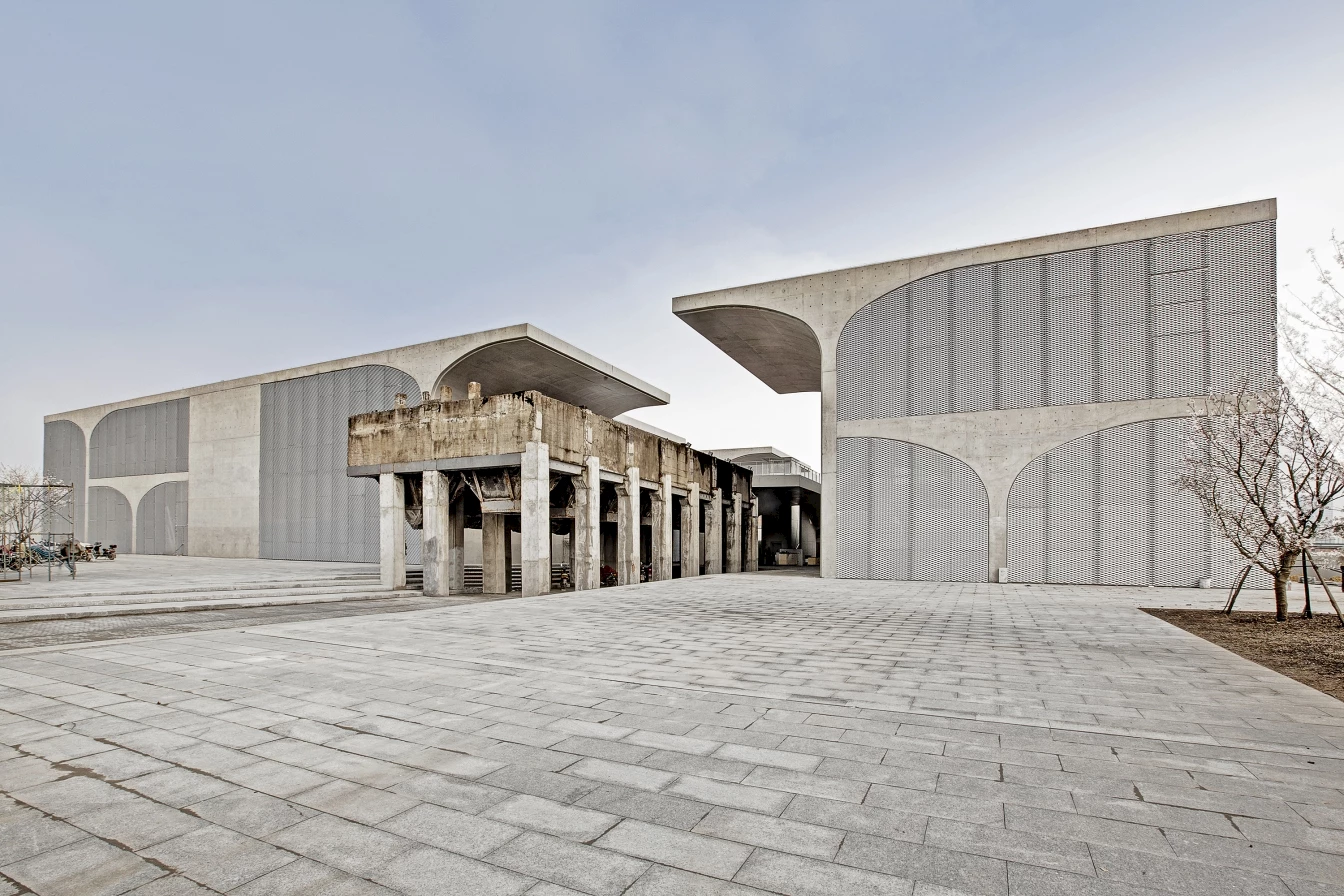
Long Museum West Bund. Photo: Long Museum.
What is behind this institution building activity? Of all art forms, visual art is the most marketable while being censored the least. That means contemporary art enjoys the most creative freedom while providing the biggest financial reward for supporters. In contrast, cinema is censored heavily by the government, music has no copyright protection, and experimental theatre and dance have no way to pay back supporters. It is not a coincidence that visual art is the only contemporary art form that is booming. However, if marketing interests and commercial incentives fuel the development of institutions, what will this mean for the relationship between the artist, the institution, and the public? Such questions can only become clearer once the situation has settled down and there are no signs of that happening in the near future. Although centres such as Beijing and Shanghai may be close to institutional saturation point, development has only just started in second tier cities such as Xi'An, Nanjing, and Wuhan. The OCT Contemporary Art Museum Group (OCAT) has opened museum branches in Shenzhen, Shanghai, Beijing, and Xi'An; another is planned for Wuhan. Wuhan has just opened the privately owned He Art Museum, and is anticipating a branch of the Hong Kong based K11 'Art Mall', as well as the Wuhan Art Terminus (WH.A.T.) As China's focus on urban development moves away from coastal regions towards the hinterland, opportunities will follow policy incentives as they have done in the past. Regardless of the uneven motives and qualities of these new institutions, China appears to be a centre for institutional experimentation that may create new models for the conceptualisation and maintenance of contemporary art institutions in other parts of the world.